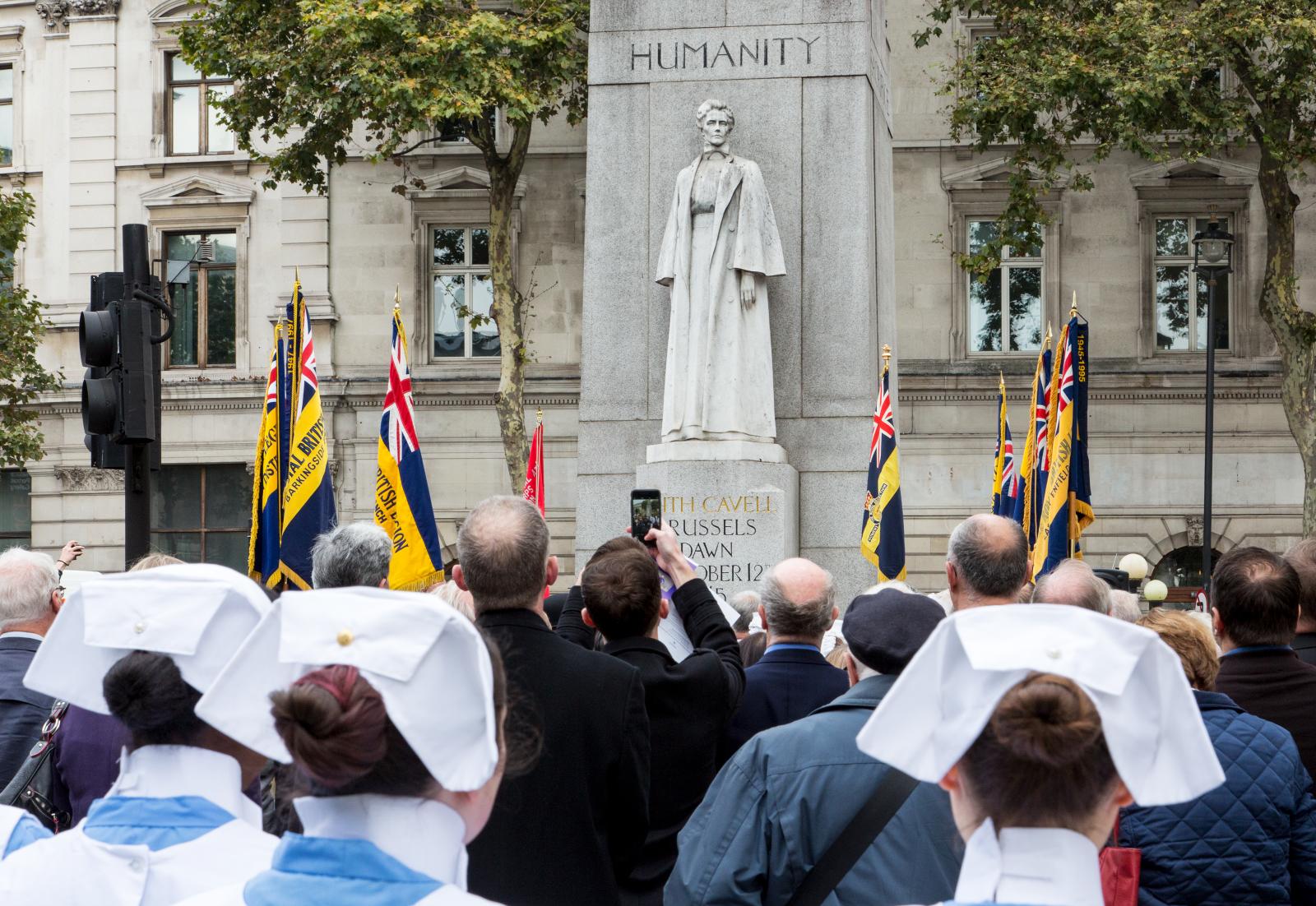Places Associated With Health Pioneers
Tower Road, Haslemere, Surrey. About 1900.
Listed Grade II in 1977
This large Art Nouveau-style house was the residence of Marie Stopes (1880 to 1958), the campaigner for women’s rights and pioneering advocate of family planning.
Stopes was Britain’s youngest Doctor of Science, qualifying in botany in 1905, before she made her name with the book 'Married Love', published in 1918. It argued that marriage should be an equal relationship between partners and was an immediate success, selling 2,000 copies within a fortnight.
Even more controversial was her work on birth control, 'Wise Parenthood', which attracted the censure of the Anglican and Roman Catholic churches.
In 1921 Stopes founded the Society for Constructive Birth Control and in the same year opened the first of her birth-control clinics in Holloway, North London.
Aldeburgh, Suffolk. 1852, altered and extended 1904.
Listed Grade II in 1950
This was the residence of Elizabeth Garrett Anderson (1836 to 1917), the first woman to qualify as a physician and surgeon in Britain and, as Mayor of Aldeburgh, the first woman mayor and magistrate in Britain.
The additions of 1904 were made for her and her husband, Skelton Anderson. The house was originally built for Newson L Garrett, Elizabeth's father.
Aylesbury, Buckinghamshire. About 1860 to 1862 by David Brandon.
Listed Grade II in 1992
Florence Nightingale is the subject of three commemorative statues, in Liverpool, Derby and London. She is also remembered in her family monument in the churchyard of St Margaret’s Church in Wellow, Hampshire. Yet her life’s work and influence are also manifest in the plan and form of numerous Victorian hospitals.
The design of Buckinghamshire General Infirmary, for example, was influenced personally by Florence Nightingale. It was one of the first pavilion-plan hospitals in England and the first civilian pavilion-planned hospital to be finished and in use. Nightingale published the design as an exemplar in the third edition of her 'Notes on Hospital Design', 1863.
St Martin’s Place, London. 1920 by Sir George Frampton.
Listed Grade II in 1970
Edith Cavell (1865 to 1915) was a Norfolk nurse who became the first matron of the Berkendael Medical Institute in Brussels. When the German Army invaded Belgium in 1914, Berkendael became a Red Cross hospital for wounded soldiers regardless of their nationality.
In 1915, Cavell was arrested by the Germans and charged with having helped about 200 Allied soldiers to escape to neutral Holland. Cavell's execution by firing squad on 12 October 1915 received worldwide press coverage, and this memorial is one of many erected after her death. It comprises a white marble statue of Cavell on a tall granite pedestal, standing in front of a granite block surmounted by a cross with a statue of the Virgin and Child.
The pedestal is inscribed with Cavell’s words to an Anglican priest the evening before her death:
Patriotism is not enough; I must have no hatred or bitterness for anyone.
-
Buildings For Women As Patients
As the role of women in healthcare grew, so too did the profession's understanding of the health needs of women.
-
Buildings For Training Nurses, Doctors… and Mothers!
A history of four buildings where women were trained to treat and care for patients.





